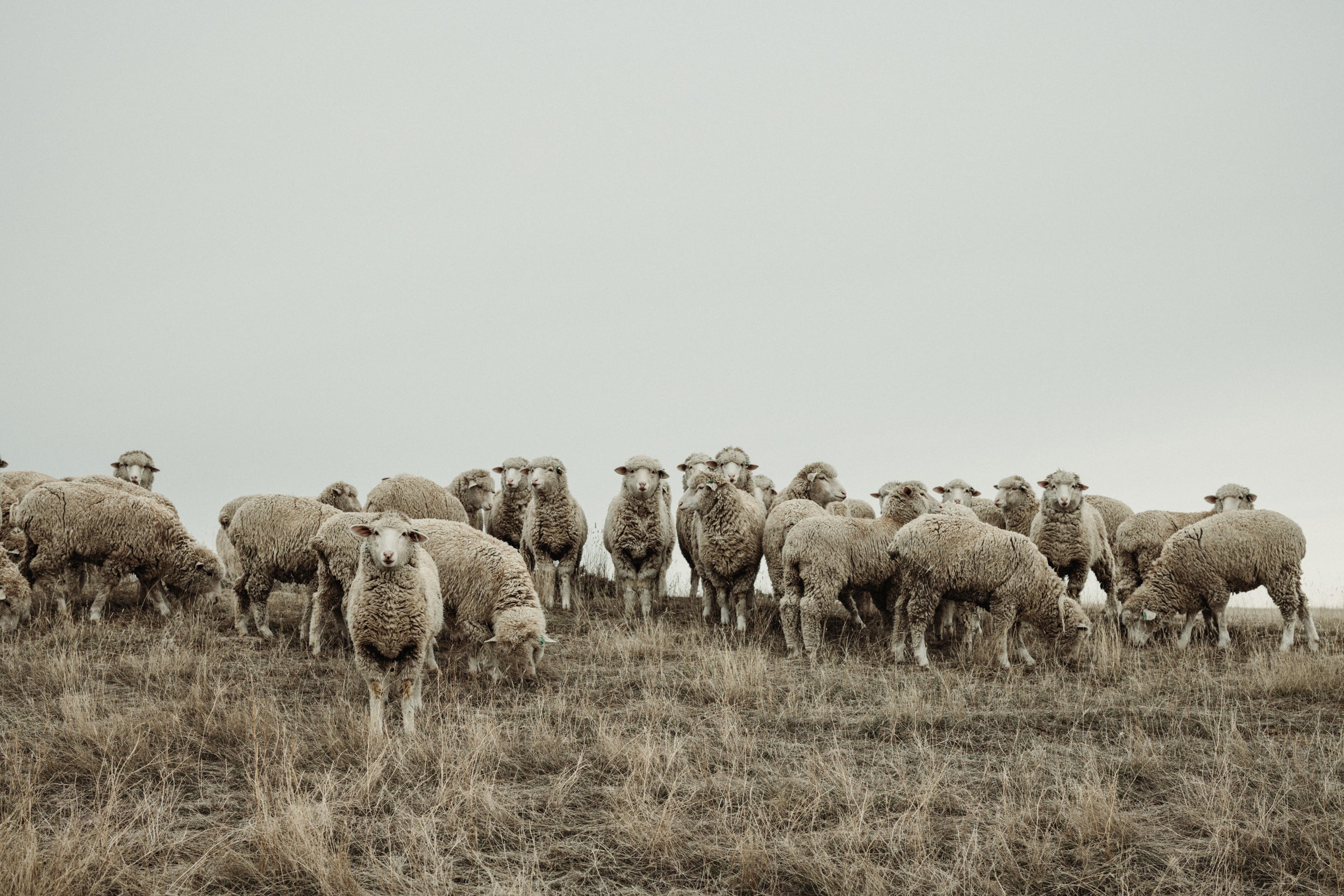Indiana
20 January 2019
Our love for Wild Foods is what led us, amazingly, step-by-step, to create WeatherWool, and many of the people who work with us and wear WeatherWool have the same mindset.
In September of 2017, WeatherWool Advisor Randy Dewing sent a very intriguing picture ...
Every year, Randy gathers Edible Chestnuts from trees that are growing unattended in a grove he has known about since childhood. Randy calls them English Chestnuts, but we are wondering if they are the same as American Chestnuts or European Chestnuts or maybe one of the other varieties of Edible Chestnuts.
We really love this picture from Randy, and what he wrote about it:

"The Boonie is so much more than a hat: Think of it as a foraging basket that can keep your ears dry."
How does he use them? "I like them best raw, but it's much easier to get the shells off if you slit them and roast for a few minutes. This year, I decided to roast them to a nice, soft yellow, simmer them in cream for a few minutes, purée the mixture, and make ice cream (with brown butter). Then I'll save the rest of them (peeled) in the freezer for dressing to serve under the pheasants I hope to bring home."
The American Chestnut has been very reasonably nicknamed "The Perfect Tree", and there is a wonderful book by Susan Freinkel, "American Chestnut: The Life, Death and Rebirth of a Perfect Tree".
Up until the 1930s or so, we had probably billions of American Chestnuts, mostly in the East, from North to South. The Chestnut grew fast, produced fantastic lumber and the finest mast of all our trees. And in Spring, their beautiful white blossoms dominated the hillsides. The loss of our Chestnuts due to the Asian Chestnut Blight is one of our greatest natural losses. BUT ... the Chestnuts aren't really dead ... the blight kills the part of the trees above the ground, but the roots of many thousands of Chestnut Trees still live, waiting for us to find a cure for the blight. People are also working hard -- and getting very close to -- blight-resistant strains.
Lots of information at the American Chestnut Foundation.

